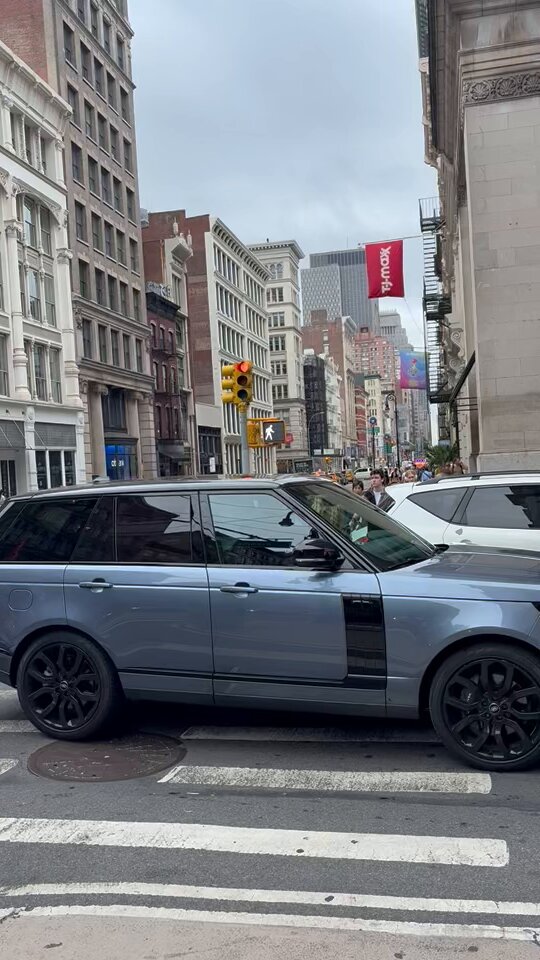It has now been over 4 weeks since New York City started charging motorists to enter Manhattan so that they pay for a portion of the impact they have on roadways in the city. And the data overwhelmingly supports that travel times have fallen as a result. Transit ridership also appears to be increasing, despite what some critics will tell you, and trains and buses appear to be moving more efficiently as well (via Fast Company):
More commuters are opting for buses to cross Manhattan, and those buses are now traveling more quickly, too. Weekday bus ridership has grown 6%, while weekend ridership is up 21%, compared to January 2024. (Subway ridership has also grown by 7.3% on weekdays and 12% on weekends, part of a larger trend in ridership growth happening since the fall, per the MTA. Anecdotally, some subway riders have said they’ve seen more packed trains on their morning commutes.) Buses entering Manhattan from Queens, Staten Island, and the Bronx are saving up to 10 minutes on their route times, which also makes their arrivals more reliable.
Also noteworthy is that polls suggest that the majority of Manhattan commuters (~66%) now support the congestion relief zone. They are experiencing the benefits and probably doing the mental math that the time they are personally saving is worth at least $9. However, one figure that hasn't changed all that much is that about half of voters across New York State still oppose the congestion charge (though it has dropped by a few percentage points compared to earlier polls).
Paul Krugman speculates (in this recent post) that this negative view is, therefore, coming from people living in upstate NY, which is interesting, because how many of these voters will actually end up paying this charge and/or experiencing its benefits? That's the thing about being asked to spend money that you didn't have to spend before; if you can't clearly see the value in doing so, then you're not going to like the idea.
At the same time, it can be hard to win political battles with facts, figures, and rational arguments alone. Krugman also argues that there are other reasons for why this congestion relief zone is being opposed by many people and why Trump, in particular, wants to kill it:
...maybe the biggest reason for Trump’s desire to kill the congestion charge is a phenomenon I identified the last time I wrote about this: the rage some Americans obviously feel at any suggestion that people should change their behavior for the common good. What we’re seeing with regard to the congestion charge is that some Americans feel that rage even when they themselves aren’t being asked to make changes.
As I have said before, this is an important policy to follow because its success, or failure, will naturally set a precedent for the rest of North America. If transit-rich NYC can't make a congestion relief zone work, then who can? However, my optimistic view continues to be that it will ultimately stick. And already we are seeing positive sentiment from the people who it directly affects/benefits.
Today is the third day of New York's new congestion relief zone. And if you're curious to see how it's already impacting traffic conditions, here is a website run by Joshua Moshes and Benjamin Moshes, under the supervision of Brown University Professor Emily Oster.
The site collects Google Maps traffic data every 15 minutes for 19 routes leading into Manhattan (some of which are directly affected by the new relief zone and some of which are not). It then calculates average traffic times for each day of the week, both before and after the congestion charge.
Here is the Holland Tunnel on Sunday (which was day number one):








 extreme activists
extreme activists  plan to make streets so unsafe and gridlocked that NYC businesses lose money!
plan to make streets so unsafe and gridlocked that NYC businesses lose money! 
